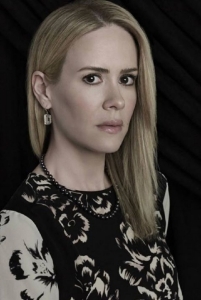- Joined
- Apr 1, 2013
- Messages
- 228
Smith1942,
In reply to your question about blue akoya pearls: "To get technical for a minute, they're not completely natural, anyway, are they? Blue pearls don't occur in nature. I think the oyster has something inserted?"
What is inserted in the culturing process is a mother of pearl bead and tiny piece of donor tissue, but no dyes or anything like that. Blue pearls also are occur rarely in Tahitians, Sea of Cortez, South Sea. A "completely natural" pearl is one that occurs without any intervention by man.
Yes, it is a natural blue color! Nothing is inserted to make that shade. Blue is more rare than white, however. For most peeps it's a flattering color against the skin. (Akoyas also rarely come in pale gold, pink, and a lovely soft green (4RG's recent strand).
I always feel part of a pearl lover's "job" is to educate others about the wonderful gem that pearls are!
In reply to your question about blue akoya pearls: "To get technical for a minute, they're not completely natural, anyway, are they? Blue pearls don't occur in nature. I think the oyster has something inserted?"
What is inserted in the culturing process is a mother of pearl bead and tiny piece of donor tissue, but no dyes or anything like that. Blue pearls also are occur rarely in Tahitians, Sea of Cortez, South Sea. A "completely natural" pearl is one that occurs without any intervention by man.
Yes, it is a natural blue color! Nothing is inserted to make that shade. Blue is more rare than white, however. For most peeps it's a flattering color against the skin. (Akoyas also rarely come in pale gold, pink, and a lovely soft green (4RG's recent strand).
I always feel part of a pearl lover's "job" is to educate others about the wonderful gem that pearls are!




300x240.png)